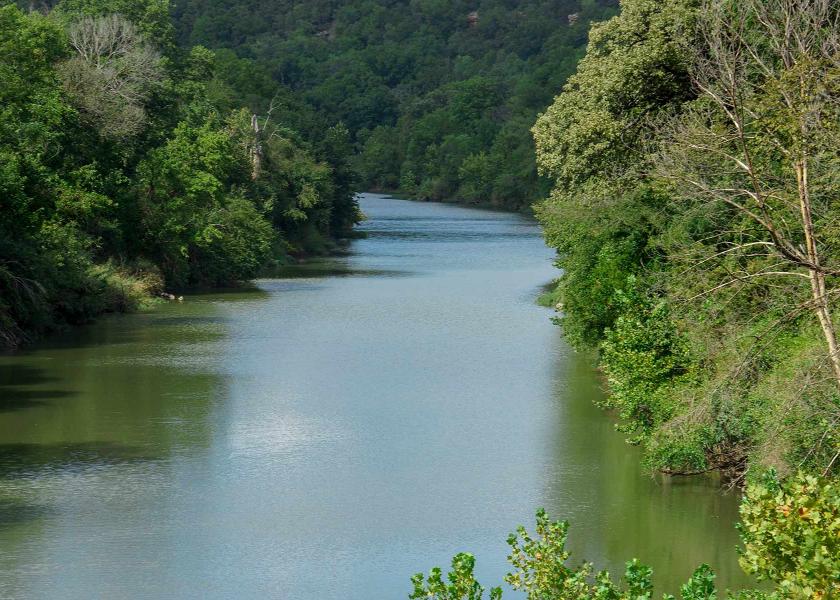NCBA Opposes Repeal of Navigable Waters Protection Rule

The National Cattlemen’s Beef Association (NCBA) has criticized the Biden administration’s repeal of the Navigable Waters Protection Rule (NWPR), which provided regulatory certainty to farmers and ranchers and limited federal overreach.
“The NWPR was a solution to the disastrous 2015 ‘Waters of the United States’ (WOTUS) rule that vastly expanded federal jurisdiction over small, isolated water features. NCBA supported the NWPR and was disappointed when it was struck down in court,” said NCBA Chief Environmental Counsel Scott Yager. “With the Biden administration announcing their intent to craft their own WOTUS rule, NCBA will remain engaged with the Environmental Protection Agency (EPA) to ensure that any future rulemaking respects the needs of American cattle producers and their right to make investments in their land and care for their cattle.”
Background
Since 1986, the federal government has been attempting to define what water features count as a “water of the U.S.” for the purpose of environmental regulation under the Clean Water Act of 1972. In 2015, the EPA and Army Corps of Engineers finalized a widely overreaching WOTUS definition that placed stock ponds, ephemeral features (water that only flows during rain), grassed waterways, and other isolated bodies of water that impact agriculture under federal control.
The 2020 Navigable Waters Protection Rule (NWPR) more appropriately limited federal jurisdiction to substantial bodies of water and was a major improvement to the 2015 WOTUS rule. NCBA defended the NWPR in court on numerous occasions before it was struck down by a U.S. District Court in Arizona in August 2021. As a result of the court decision, the EPA is relying on the pre-1986 rules, meaning cattle producers have experienced three different WOTUS definitions under the law in the past six years.
Senior EPA officials, including Assistant Administrator for Water Radhika Fox, have stated that the frequent “ping-pong” rule changes need to stop. Today’s repeal of NWPR unfortunately perpetuates the regulatory uncertainty that cattle producers have experienced for years, and NCBA looks forward to holding the EPA accountable for creating a limited, fair WOTUS definition.







